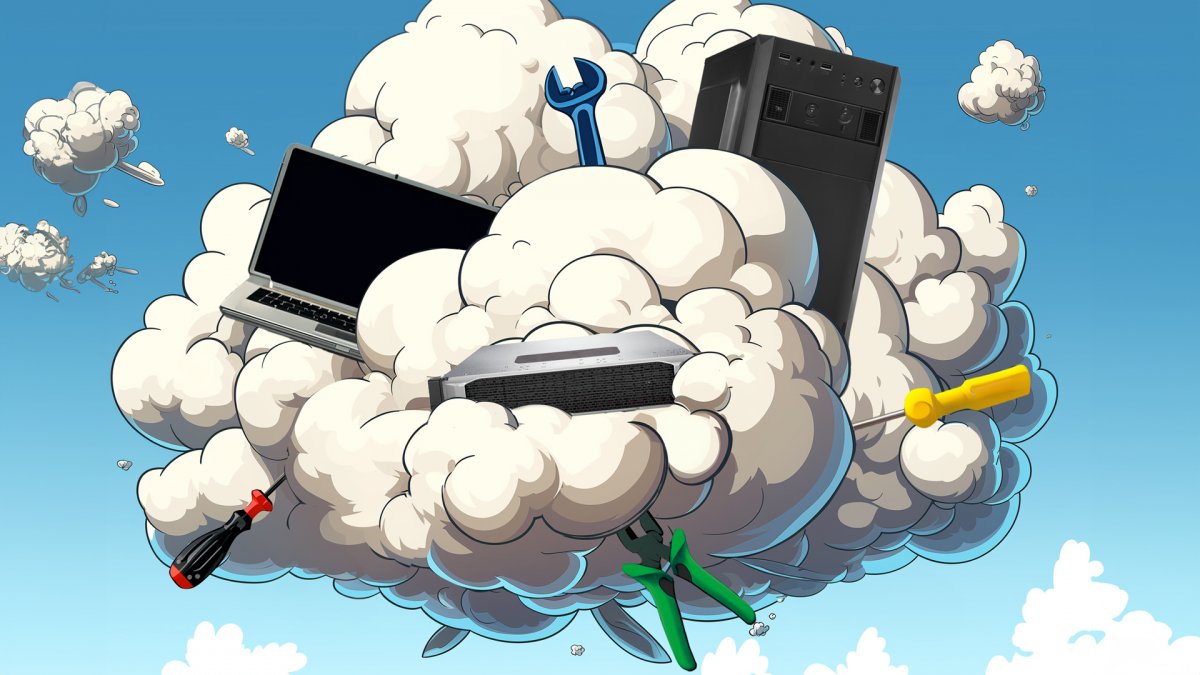Software as a service, Platform as a service, Infrastructure as a service. More and more “…as a service” services are appearing in the cloud landscape. Constantly new buzzwords that make the fact that you should pay monthly for something sound appealing. Canonical, the distributor of Ubuntu, has in its portfolio of open source projects a “…as a Service”, whose name intrigued us, namely Maas, short for “Metal as a Service”.
Behind this there is no subscription for e-waste disposal. In cloud lingo, “metal” or “bare metal” usually means non-virtualized, i.e. servers whirring in the data center. There are typically multiple levels of abstraction between these and the operating systems that run workloads. This obscures the view of the hardware for customers of AWS, Google Cloud, Azure and Co., but that’s no bad thing. Cloud computing can only be so flexible because virtual machines, storage, and networks are defined by software.
“Metal”, on the other hand, is quite slow. But even as a basis for VMs and containers, an operating system must sooner or later be installed on the server. Others consciously decide to run their clusters of multiple “bare metal” computers, for example because they need every ounce of power for compute-intensive workloads. Fewer levels of abstraction usually mean less overhead. Regardless of the specific use case, very few administrators would want to manually install a Linux distribution on a large number of servers.




